September 2, 2025
Event Director Audrey Ashworth speaks about SIAL’s global role in shaping food innovation, the rise of plant-based and pulse ingredients, and what to expect from the 2026 edition in Paris.

Audrey Ashworth points to pulses and plant-based ingredients as the clean protein solution consumers are demanding, with functional foods gaining ground as the next big trend.
Last year's edition was our 60th anniversary – for more than 60 years, we've played a central role as a global meeting point for food innovation. We launched SIAL Paris in 1964, in collaboration with the French authorities, with a focus on showcasing the excellence of French products. Over the years, it has rapidly become an international ecosystem to facilitate business development, exports, and help cement cross-border collaborations. We also have our product innovation wing, SIAL Innovation, which has helped bring new, exciting products to consumers and capture and reflect market trends for nearly three decades – it will celebrate its 30th anniversary next year!
Its role has broadened, I think. It has gone from being a showcase, to a food trend incubator that acts as a catalyst for local or international innovation. We also help bring them to different buyers – wherever they may be. Another area we’ve developed is our strong focus on innovations that build towards a sustainable future for the food industry.
SIAL Shanghai is the fourth biggest yearly food industry event in the world, and we just had our 25th edition in May and it was a great success. Both India and China have enormous populations and growing wellness sectors, which means they are key markets for plant-based. They have more than a third of the world's population and a rapidly growing middle class with purchasing power. Added to that they are increasingly conscious of their health needs. With significant parts of the Indian population already eating a vegetarian diet, they are demographics helping to increase demand for innovative foods with their national drives for healthy populations. China has a Healthy China 2030 program, and India has its own programs with a strong emphasis on balanced diet and nutrition. We see both countries featured regularly at SIAL Paris, alongside the other 125 countries that exhibit.
The last few conventions have paid close attention to the theme of sustainability, but 2026 will see more focus on innovation in all of its forms – in products, processes, or ingredients. It will be about acting as a launchpad for future ideas and bringing the community together to think about how we should shape the future. A crucial thing is always taking into account consumer behaviors and needs. At the end of the day, you can't do anything without the consumer.
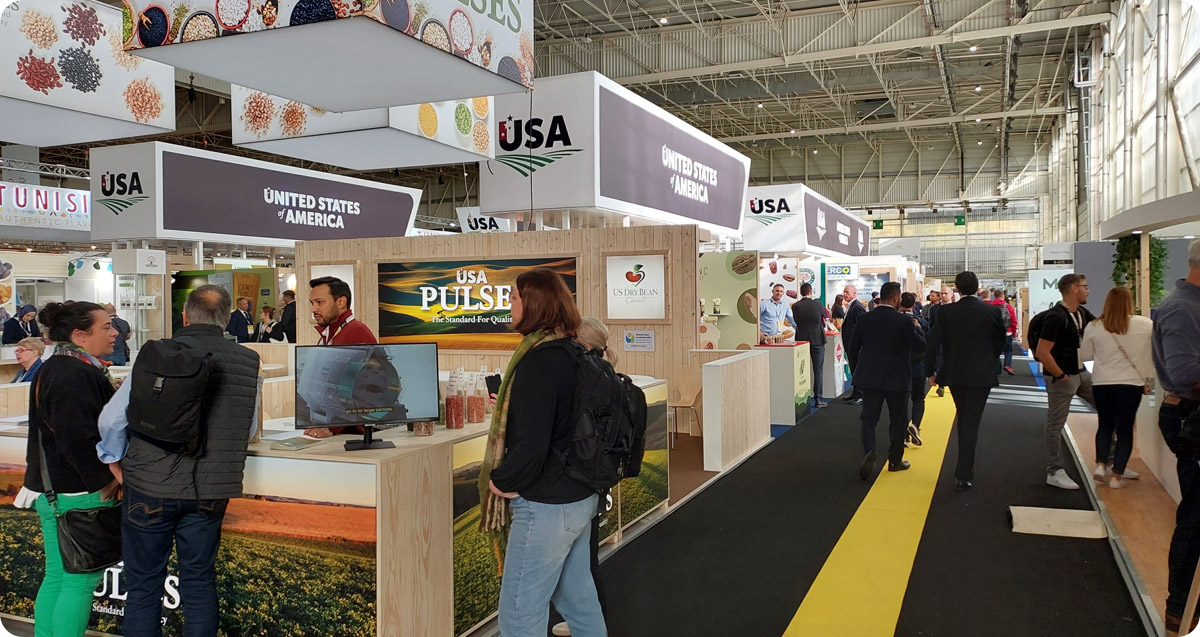
Between 2018 and 2022, I think people were often looking at meat and dairy alternatives. More recently, health concerns have become really important to consumers, and that's a trend that isn’t going anywhere. Consumers are increasingly interested in functional products – foods that have cognitive benefits, specialized food for seniors, and so on. The trend for functional, healthy foods is also a reason why pulses, grains, fruits, and vegetables are getting stronger and stronger in the market. High-protein products were also a massive part of SIAL 2024, in fact, they were everywhere: snacks, ready-to-eat meals – even desserts. Protein has become more and more important. As people get older, they want more proteins to keep their muscles strong, but many of us don't want to eat more meat or animal-based products in order to get it. This is why pulses are the ideal answer – they are a clean protein source.
In 2022, one in every four products we showcased at SIAL Innovation was plant-based, and pulses made significant gains as an ingredient. There was a huge amount of plant-based products, but not necessarily a lot of obvious differentiation between the products themselves – a lot of meat replacements. I think that’s why we saw a stabilisation of plant-based products in 2024, as the market searched for more meaningful and impactful plant-based products.
For me, the move towards plant-based is not a trend; it's here to stay, because consumers are increasingly discerning, looking for clean label products with diverse flavours. Flavour is always key – SIAL Insights, our biennial survey of consumer behaviour, shows that consumers want nutritious and healthy foods, but also things that taste good and have strong flavours without being ultra-processed. People don’t want ultra-processed products anymore; the products need to be clean label (i.e. simple recipes with few ingredients), affordable, and tasty – that’s the most important thing!
Pulses and their by-products are very flexible, so they have become more popular for that reason. For example, aquafaba from cooking and processing pulses can be very nutritious when added to sauces as a thickener. Pulses and other plant-based ingredients are also really key for decarbonisation – they have a low carbon footprint and are highly efficient. With so many different uses, the sky is the limit for plant-based and pulse ingredients.
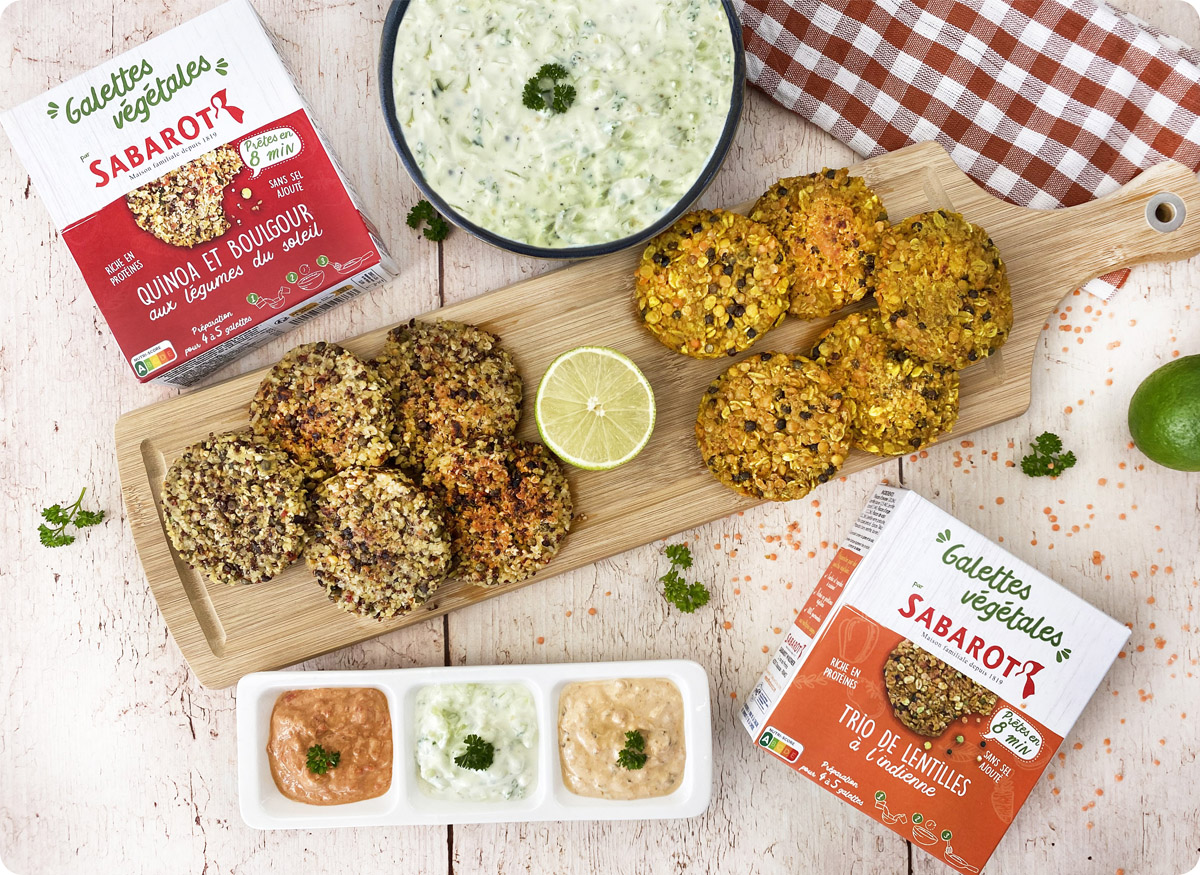
Sabarot was the standard bearer for pulses among SIAL 2024’s innovations, winning the Pulse, Grains and Fruits Award and the Gold Award for its vegetable patties made using peas, lentils, and other healthy plant-based ingredients.

Created with the multi-faceted lupin bean, Lupi Coffee took SIAL 2024 by storm, winning the Own the Change award for its potential as a low-caffeine coffee alternative with a more regenerative, environmentally-friendly ingredient at its heart.
Audrey Ashworth: “Lupi Coffee is a gamechanger in its use of lupin beans, as lupins require less water to grow and can be grown in France, where Lupi is made. This means new crops of lupins and less transport needs, which is excellent from a sustainability perspective.”
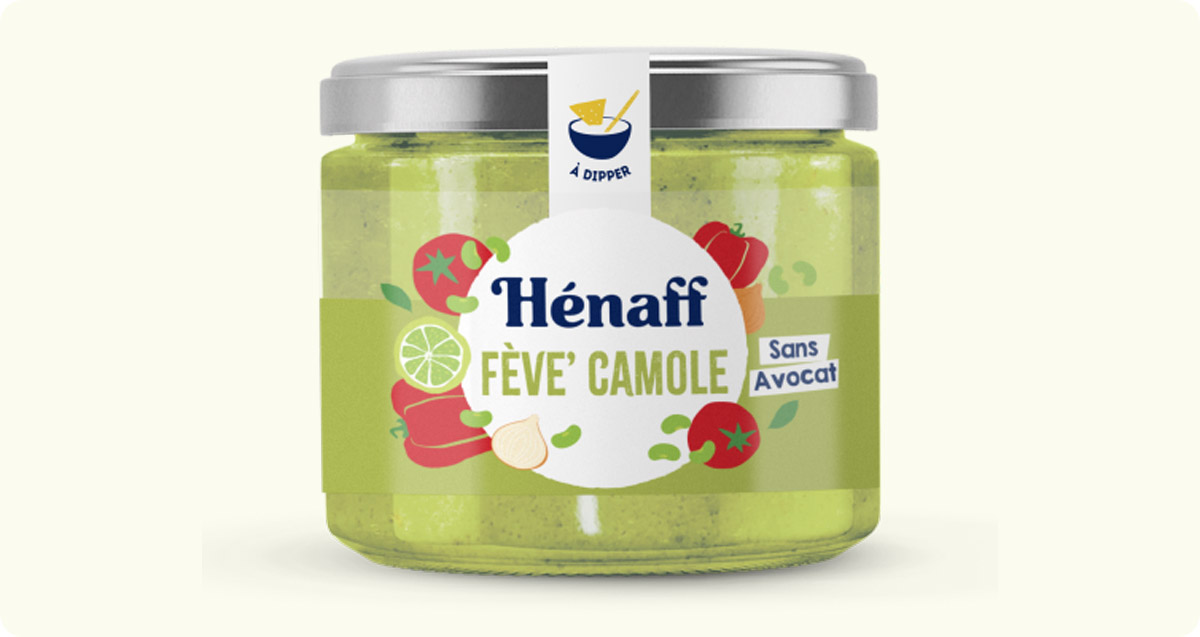
Feve’camole uses fava beans to create a delicious guacamole alternative without using avocados. Delicatessen brand Jean Henaff brought this product to SIAL Paris last year, receiving a great response from attendees.
Audrey Ashworth: “An important product that gives consumers an environmentally-friendly alternative to guacamole containing avocados, which can be water-intensive and cause deforestation.”
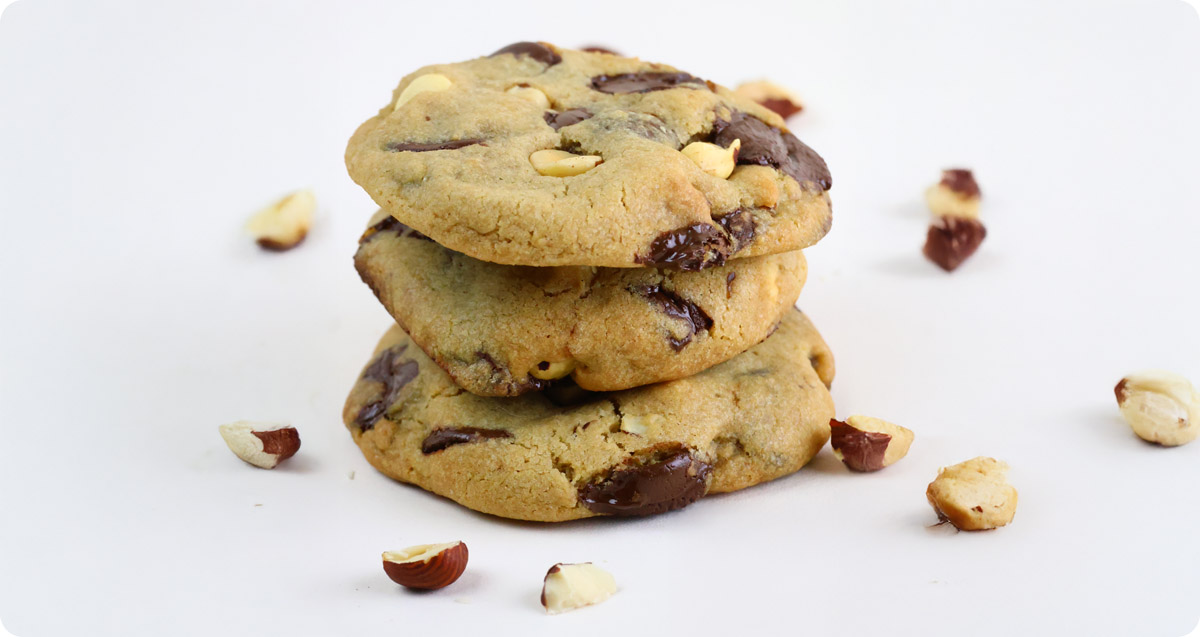
Using fewer eggs in our diets has been a focus in the plant-based world over recent years, and French company Yumgo has devised a way to ensure that it doesn't deny us some indulgent desserts. Yumgo brownies and cookies are made with canola, rice flour, and fava beans, vastly reducing potential allergens and removing animal products entirely – it won the Frozen Products Award at SIAL 2024.
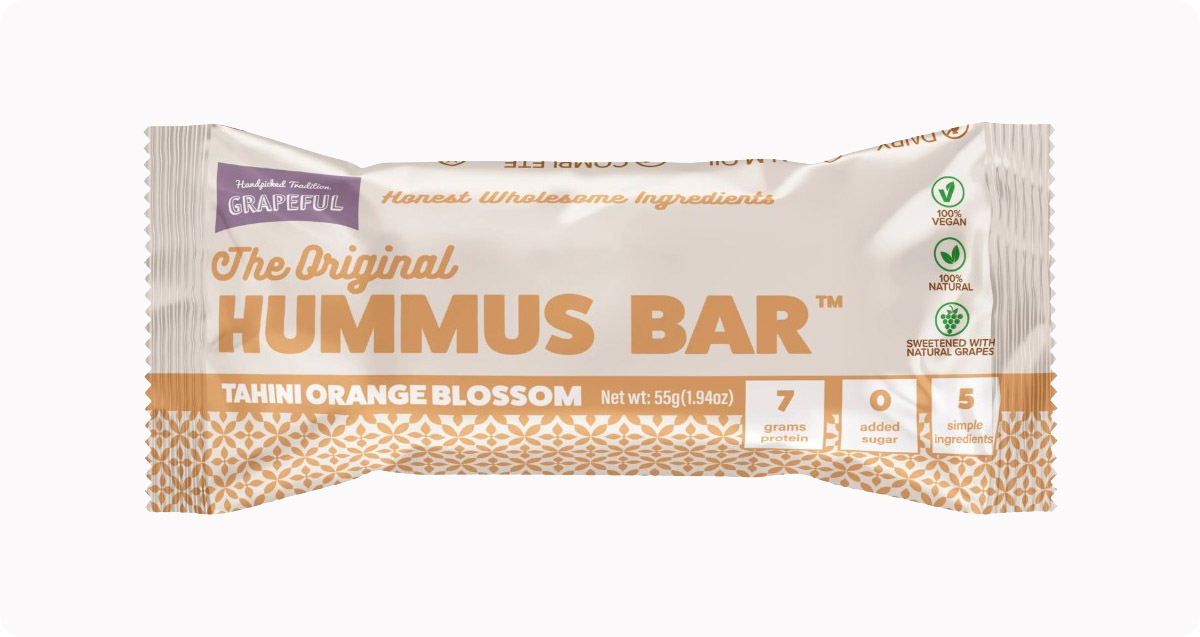
Lebanon is famous for its hummus, which is part of why Lebanese start-up, Grapeful, has found success with its Original Hummus Bar – a simple protein snack in a market searching for high-protein options received plaudits from the people, winning the People’s Choice award.
Disclaimer: The opinions or views expressed in this publication are those of the authors or quoted persons. They do not purport to reflect the opinions or views of the Global Pulse Confederation or its members.